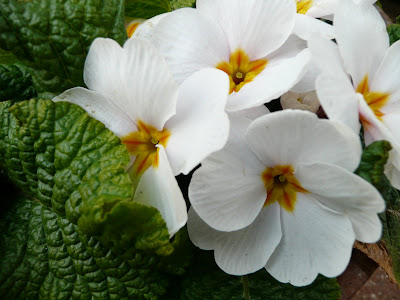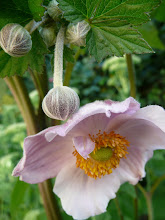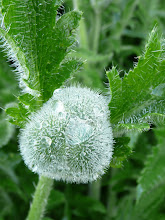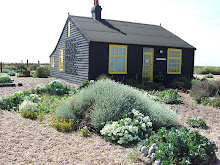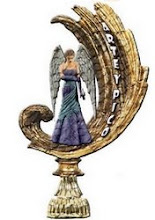
my photo
EUONYMUS FORTUNEI
I cannot declare to being a huge fan of this shrub, but we inherited quite a lot when we moved here. Although at this time of year the colours of the variagation do look good together. It is important to remember with any variagated foliage shrub to cut out any stems which revert back to plain green.


